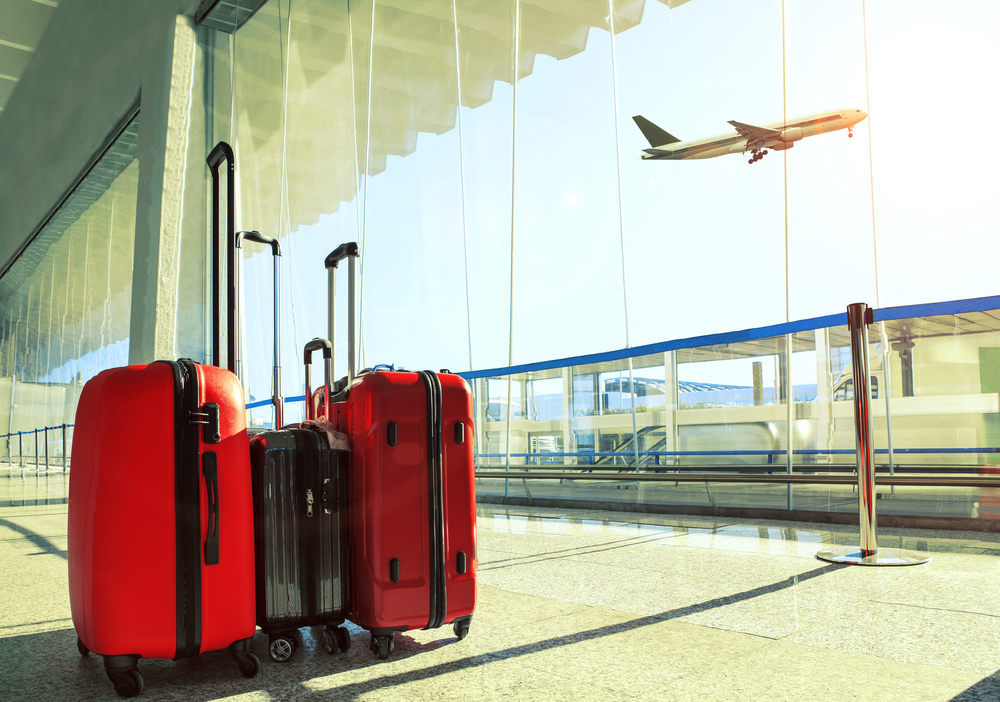Pre-flight Check Can Predict CF Patients’ Need for Supplemental Oxygen on Plane, Study Reports
Written by |

Evaluating patients with cystic fibrosis (CF) before they board a flight may help predict whether they will need supplemental oxygen while in the air to prevent a severe decrease in blood oxygen levels, according to a study.
The research, “Pre-Flight Evaluation Of Adult Patients With Cystic Fibrosis: A Cross-Sectional Study,” was published in the journal BMC Research Notes.
CF patients can find it hard to travel by plane because the low oxygen pressure in an aircraft cabin can cause their arterial oxygen pressure to plunge. This can trigger major breathing complications during flight.
The study (NCT01569880) of 30 adult CF patients was aimed at identifying pre-flight conditions that could help predict severe hypoxemia, or low blood oxygen levels, when patients fly.
Before flight, researchers measured patients’ spirometry — or ability to breathe in and out — plus their arterial oxygen tension (PaO2) and pulse oximetry (SpO2), or oxygen-concentration levels in the blood. The measurements were made while patients were at rest and during a cardiopulmonary exercise test while they breathed normal air. The test, called CPET, involved walking and running on a treadmill.
Researchers compared the results with those they obtained during a hypoxia-altitude simulation test (HAST). It involved simulating a cabin altitude of 2,438 meters — 8,000 feet — by having patients breathe a gas mixture containing 15.1% oxygen.
At rest, 15 or half of the patients had a lung-function measurement called FEV1 — or forced expiratory volume in 1 second — below 50% of what was predicted. Sixteen or 53 percent of patients had an SpO2 reading below 95%, and six or 20 percent had a PaO2 below 9.3 kPa. All of these values suggested patients would need supplemental oxygen during flight.
The average maximum oxygen uptake among 14 of the patients during the CPET exercise test was 88% of what was predicted, and four patients experienced low ventilation, or ability to breathe in and out.
During HAST, all patients had considerably lower levels of PaO2 than at rest. Four or 13 percent should have supplemental oxygen during air travel because their arterial oxygen tension during the HAST test was below 6.6 kPa, researchers said. All four had FEV1 levels below 50% of what was predicted, three of the four had a SpO2 reading at rest below 95%, and two had a PaO2 reading at rest below 9.3 kPa.
Pre-flight values of PaO2, SpO2, minute ventilation/carbon dioxide output and maximum oxygen uptake during the CPET exercise showed a strong association with PaO2 levels registered during HAST.
No cardiac arrhythmias — irregular heartbeats — or symptoms of low blood oxygen were observed during HAST.
“Variables obtained during CPET showed a stronger correlation to in-flight hypoxemia than spirometric values and blood gas values obtained at rest,” researchers wrote. “Thus, future studies should probably concentrate on establishing reliable [criteria] during CPET, making them suitable for use in pre-flight screening of patients with CF.”






